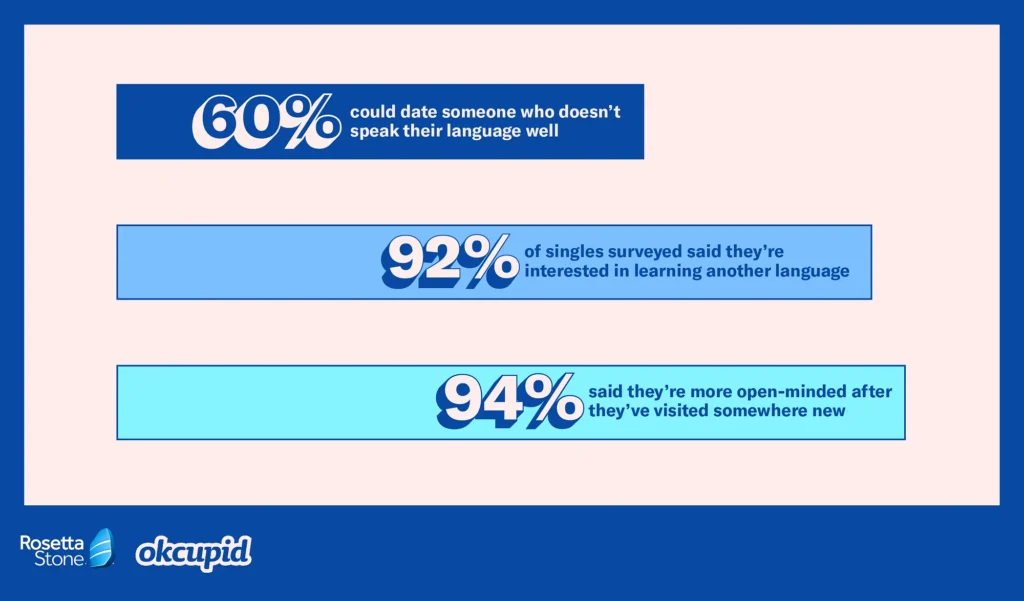We all know producing content is pivotal for lead generation, brand building, the whole shebang. But pumping out posts without strategy is sure to get you lackluster results. What if there was a proven framework that you could apply to content marketing to craft content that resonates with your audience and drives action? Well, say hello to the think-feel-do framework.
What is the Think-Feel-Do Framework?
In a nutshell, the think-feel-do framework focuses your content efforts on driving three key outcomes: what knowledge you want to instill, how you want people to feel, and what action you want readers to take. Getting uber clear on these desired emotions, concepts, and CTAs transforms your words from a passive read into high-impact content designed to drive conversions.
Put simply, this framework guides mapping content to effectively reshape thoughts, target feelings, and prompt behaviors that convert passive readers into active, engaged followers.
While this strategy refines messaging across channels, it comes in handy especially in content marketing efforts. Applying this model introduces an audience-aligned strategy that positions assets to resonate with reader values and priorities rather than talking “at” them. The outcome? Content that forges genuine connections.
Shaping thinking by informing readers
Offering readers thought-provoking, data-driven information is essential for reshaping mindsets over time.
Determine desired takeaways
Pinpointing a 2-3 key pieces of information you plan to cement with readers is vital for content that shifts beliefs. In other words, spot dysfunctional mindsets then introduce healthy new ones on your terms – with a focus on unseating outdated assumptions. Effective marketing often focuses more on replacement than pure creation. Show your audience how embracing fresh attitudes will unlock outcomes previous deemed unrealistic.
Provide supporting proof
Backing up the key information you want audiences to walk away with is make or break for actually reshaping thinking. First, figure out what hard proof resonates most with who you’re looking to convince. Statistics? Expert opinions? Analyst reports? Customer stories? Identify the forms of validation that land solidly with your audience based on their values. Then, strategically work different credible sources throughout your content to spotlight your defined points in a way that spotlights your brand’s credibility.
Incorporating the right validations in the right places will eventually emphasize those light bulb moments you aim to achieve. Guide them down a trail of insights they trust to arrive at the conclusions you’ve carefully crafted your content towards.
Formats that make you think
While text clearly lays out information, different formats can uniquely engage brains and cement long-lasting takeaways. Data visualizations lets users grasp data faster through interactive formats rather than walls of text. Creative infographics transform intricate statistics digestible, compelling visuals. Explainer videos, ROI calculators and decision tree tools bring concepts to life for personalized and accessible modeling of your take-home message.
Example: OkCupid and Rosetta Stone

OkCupid collaborated with Rosetta Stone on an impactful survey of nearly 700k singles examining how languages influence openness to dating. Rather than assumptions, they let ample data reshape beliefs – quantitatively establishing that the majority of singles are now open to partners who don’t share their native tongue. This campaign simultaneously built credibility by providing information while driving home that multilingualism is a dating “super power”.
Evoking feeling in your content
Forging authentic emotional bonds with your readers requires laying the groundwork. This includes both understanding core motivations and applying those insights to your content.
Explore your audience’s core emotions
In-depth research will help you uncover broader audience motivations, pain points, aspirations and values. Conduct surveys, interviews, and analytics investigating desires and frustrations will reveal the emotional factors that drive your customer’s decisions.
Craft content that resonates
Gaining a deep understanding of the specific emotions that resonate most with your audience is key to crafting content that authentically connects on a human level. Bring your copy to life by featuring compelling customer stories that highlight related accomplishments, obstacles they have overcome, and eventual successes achieved.
Rather than keeping usage statistics generic, reframe them into vivid narratives told from the perspective of a satisfied customer. This descriptive approach enables readers to envision themselves achieving similar triumphs fueled by your offerings. Guide audiences through initial struggles to eventual victories so they both intellectually and emotionally recognize the power of your solutions in enabling their own aspirations. When content connections feel genuine, rooted in shared experiences, it fosters lasting relationships and drives ongoing engagement.
Formats impact emotion
While text can elicit feelings, multimedia intensifies the emotional connection with your content. Weave in customer stories voicing impacts or before/after visuals demonstrating resolutions to stir deeper connections. These kinds of personalized journeys, especially ones that add a face to the message, turn mere stats into meaningful stories.
Example: P&G’s “Thank You, Mom” campaign
P&G’s “Thank You, Mom” ad for the 2016 Olympics followed athletes as they told sweet childhood stories about how their Mom motivates them to make it through thick and thin, all the way to the games. It hits the bullseye on core audience emotions by showcasing touching family bonds and overcoming adversity. Their use of video footage further pulls on viewers’ heartstrings. By aligning their creative concept with relatable human emotion, P&G masterfully taps into their audience’s feelings.
Turning readers into doers
Divulging information and invoking emotions means little if your audience isn’t taking action. Convert engagement into outcomes by motivating next steps.
Define ideal actions
Of course, you first have to determine what follow-up action you want your reader to take after engaging with your content. Request demos? Schedule consultations? Sign-up for newsletter? Make sure your goals are targeted yet attainable.
Speak to knowledge and emotions
Calls-to-action should build seamlessly on what your content has already explored, far rather than feeling abruptly tacked on without context.
The most effective next step prompts connect directly to both the emotional journeys as well as the compelling information covered across earlier messaging. This way, your messaging acknowledges pain points before offering avenues to resolve them.
Essentially, shape CTAs informed by topics woven through your content. When next steps directly speak to surfaced desires and USPs that have already been revealed, prompts feel relevant and timely rather than random. This continuity ultimately drives more visitors to take your desired action.
Strategic CTA placement
Every piece should include multiple, meaningful calls-to-action at trigger points where readers are primed to act. For example, embed demo signup forms after detailing the benefits of your offerings.
Example: Grey Goose’s personalized CTA

Rather than pushing bottles, Grey Goose greets visitors with a CTA to “Discover a Cocktail Tailored to Your Taste” instead. This personalized CTA not only entices viewers to click, but it also pulls in data with every participant.
This campaign shows how reframing next steps around audience motivations taps into individual preferences way better than static product pages.
They make uncovering “you” drinks an exciting journey with the play button sealing the deal. It reflects core techniques of resonating CTAs – tailor to intrinsic interests, reduce uncertainty, deliver the delightfully unexpected.
Pulling it all together: Think-Feel-Do content
While each piece can operate independently, the true power of think-feel-do comes from strategically aligning the three to guide readers through an integrated journey:
Thinking: Build upon those feelings and build credibility by presenting stats, data, and expert input that substantiates key takeaways around capabilities and value propositions.
Feeling: Make initial emotional connections around frustrations to tap into motivations. Reflect on struggles before presenting uplifting resolutions achieved by other customers.
Doing: Motivate desired actions through strategic CTAs informed by the emotional drivers and knowledge that you’ve already established.
While content output scales with your business, strategy is imperative every step of the way. Rather than generating generic posts, apply the think-feel-do framework – mapping pieces to deliberately shape thoughts, spark emotions, and prompt actions that compel conversions.

